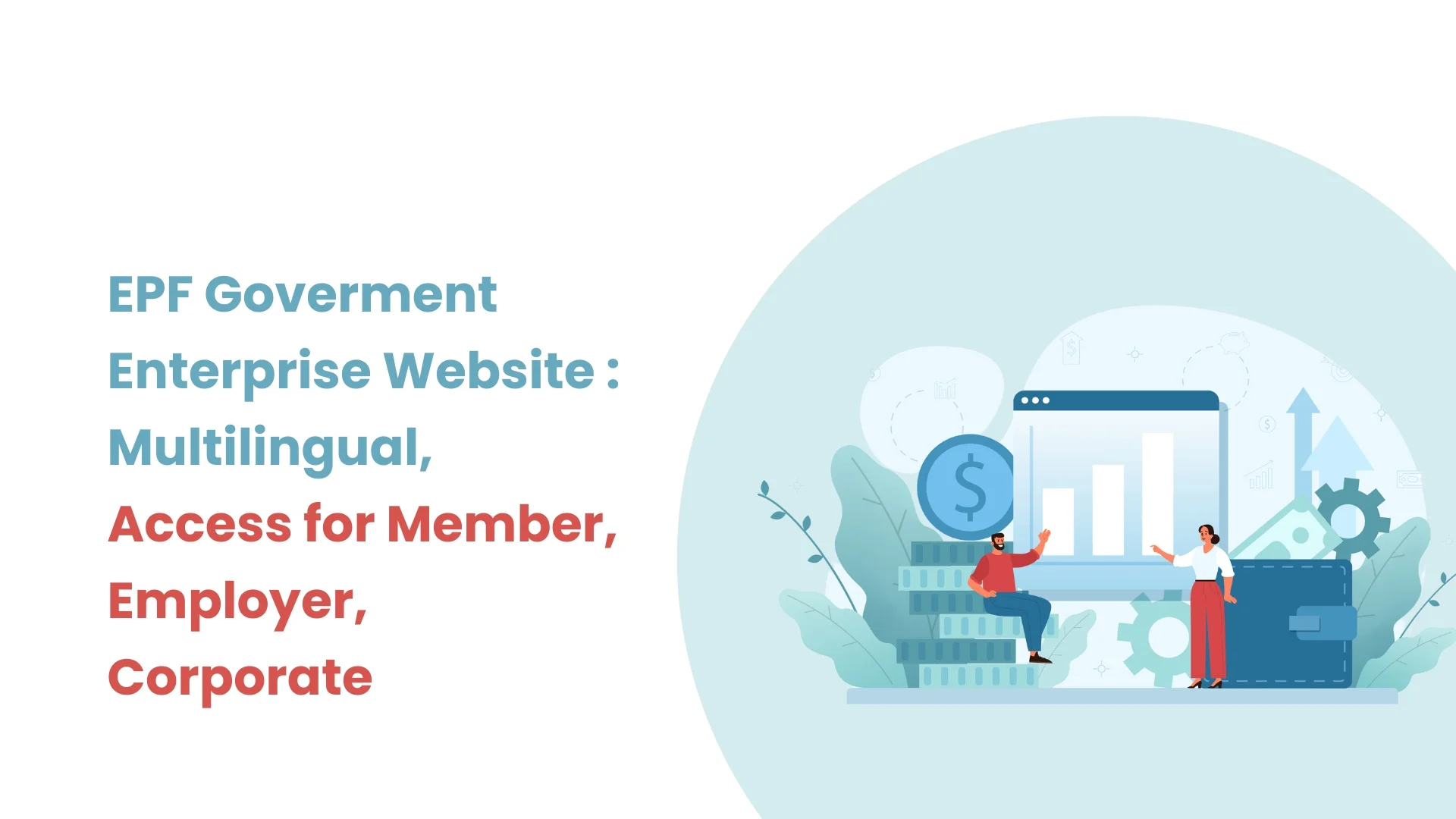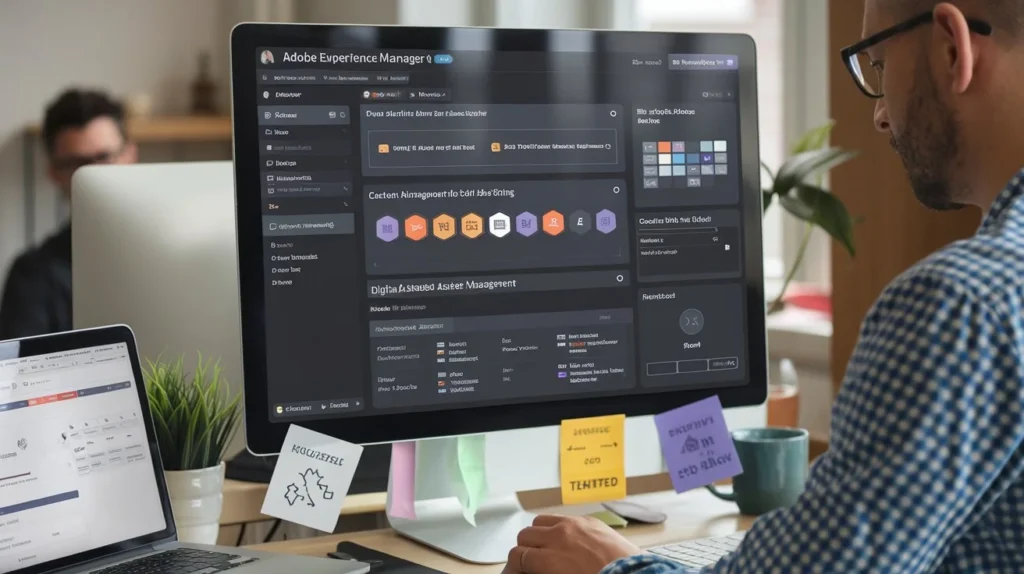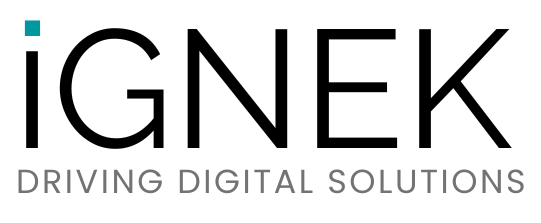Introduction :
In the fast-evolving digital landscape, organizations are continuously striving to create immersive and seamless experiences for their users. As customer expectations rise, businesses can no longer rely on rigid, monolithic systems to deliver personalized, agile, and scalable digital experiences. Enter Composable Architecture—a game-changing approach that is transforming the very foundation of Digital Experience Platforms (DXPs).
What is Composable Architecture?
At its core, Composable Architecture refers to a modular approach to system design where digital solutions are constructed from a collection of loosely coupled, independent building blocks. These building blocks, also known as Packaged Business Capabilities (PBCs), are reusable, scalable, and can be individually managed or replaced without affecting the entire system.
In contrast to the traditional monolithic approach, where a single platform controls all aspects of the digital experience, composable architecture embraces flexibility by allowing businesses to compose their DXP using multiple best-in-breed technologies. This offers businesses the agility to swap or enhance components as needed, paving the way for continuous innovation.
Revolutionizing DXPs: The Key Benefits
1. Unparalleled Agility and Flexibility
With composable architecture, organizations can adapt quickly to ever-changing market demands, trends, and customer expectations. No longer tied to the limitations of a monolithic system, businesses can rapidly integrate new technologies, features, or channels without major disruptions to the entire DXP infrastructure.
This agility also allows organizations to experiment, test, and optimize their digital experiences more frequently. By leveraging composable components, businesses can release updates faster, enabling them to stay ahead of the competition.
2. Enhanced Personalization at Scale
In today’s customer-centric world, delivering personalized content and experiences is paramount. Composable architecture enables organizations to easily integrate specialized tools for customer data management, analytics, and AI-driven personalization, making it possible to tailor experiences at every touchpoint.
With the ability to plug in various microservices and APIs, businesses can harness real-time data from multiple sources, ensuring that every user interaction is hyper-relevant and contextually aware. As a result, brands can build deeper connections with their audiences, enhancing customer loyalty.
3. Cost Efficiency and Reduced Vendor Lock-In
Traditional DXPs often require significant investments in a single vendor’s platform, with costly upgrades and limited customization options. Composable DXPs eliminate vendor lock-in by empowering organizations to select the specific technologies that fit their business needs and budgets. Companies can pick and choose services and features that provide the highest value, avoiding unnecessary costs associated with bundled solutions.
Moreover, the modular nature of composable architecture allows businesses to phase in new capabilities over time, preventing the need for large, upfront expenditures.
4. Faster Time to Market
Speed is critical in today’s fast-paced digital economy. Composable architecture accelerates time-to-market by breaking down complex digital ecosystems into smaller, manageable components. Teams can independently develop, test, and deploy each component without waiting for an entire system overhaul.
This decentralized development process empowers organizations to move faster, experiment with different combinations, and roll out new digital experiences in record time.
5. Future-Proofing Digital Experiences
The digital landscape is in constant flux, with new channels, devices, and technologies emerging at a rapid pace. Composable architecture inherently supports future-proofing by allowing businesses to seamlessly integrate new tools, platforms, and innovations as they emerge. This means that your DXP can evolve alongside industry trends and customer expectations, without needing a complete rebuild.
For instance, if a new customer engagement tool or AI technology becomes essential, businesses can integrate it into their composable DXP with minimal friction, ensuring their digital experiences stay fresh and competitive.
How to Adopt a Composable Approach in Your DXP
While the benefits of composable architecture are clear, transitioning to this model requires thoughtful planning and execution. Here are some steps to guide your adoption journey:
Evaluate Your Current DXP: Begin by assessing your existing digital experience platform. Identify the pain points and limitations of your current monolithic system, such as slow deployment times, limited scalability, or poor integration with new technologies.
Define Your Business Objectives: Determine the specific goals you aim to achieve through composable architecture. Whether it’s enhanced personalization, cost savings, or faster innovation cycles, having a clear vision will help you select the right components.
Identify Key PBCs and Microservices: Work with cross-functional teams to identify the key components needed to create a modular DXP. Consider services like content management, analytics, personalization engines, search, and e-commerce tools. Each of these should operate independently while seamlessly communicating with other parts of the system.
Select the Right Technologies: Choose technologies that align with your business needs and technical infrastructure. Ensure that the tools you select are interoperable and can easily integrate into your existing tech stack.
Start Small and Scale: Transitioning to composable architecture doesn’t have to happen overnight. Start with a small use case or pilot project and scale gradually. Over time, you can continue replacing legacy components with more modern, composable alternatives.
Partner with Experts: Working with a trusted partner, like IGNEK, can help you navigate the complexities of adopting composable architecture. Our team specializes in creating custom DXPs that leverage modularity, ensuring a smooth transition and successful implementation.
The Future of DXPs is Composable
Composable architecture is more than just a trend; it represents a fundamental shift in how digital experiences are built and managed. As businesses continue to prioritize agility, personalization, and innovation, composable architecture will play an increasingly pivotal role in enabling DXPs to evolve and scale.
At IGNEK, we believe in harnessing the power of composability to deliver robust and dynamic digital experiences. Whether you’re looking to improve customer engagement, enhance operational efficiency, or future-proof your digital strategy, our expertise in composable architecture can help you transform your DXP into a powerful, scalable solution.













